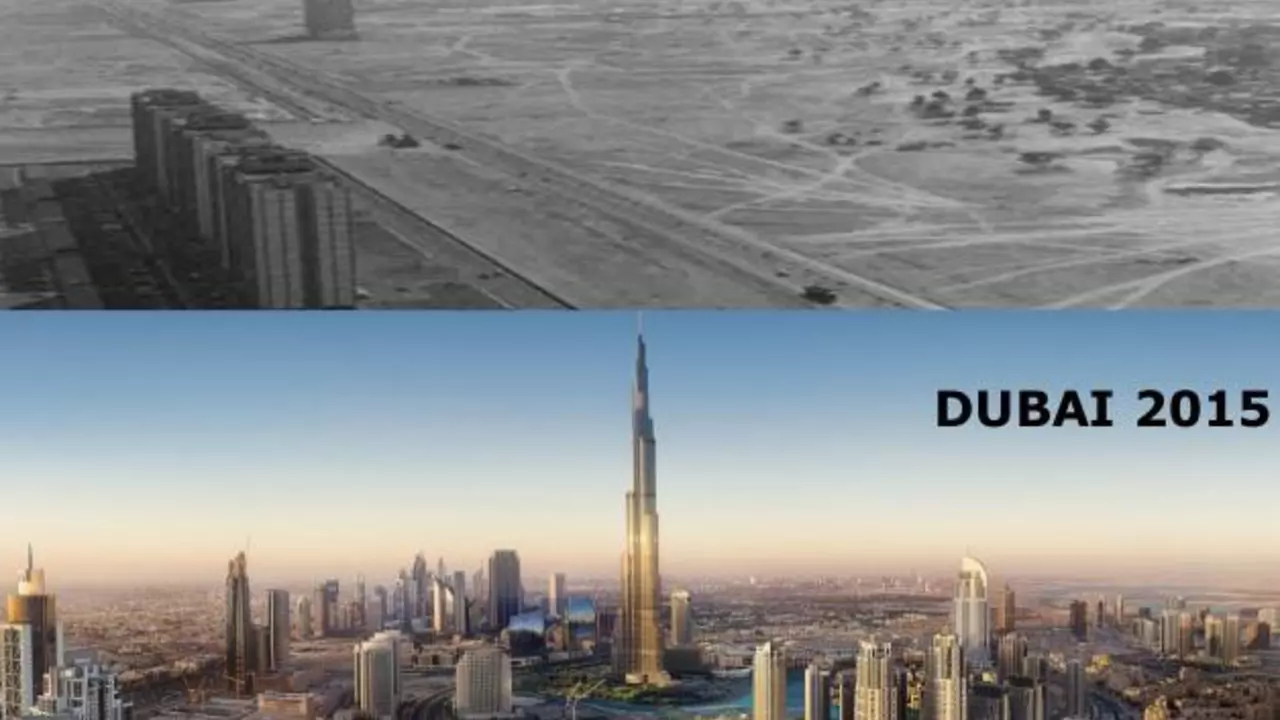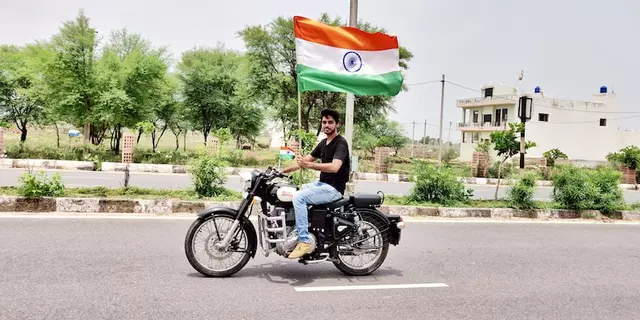
Economic Growth and Development
When it comes to the economy, India has made significant strides over the past 50 years. The once primarily agricultural economy is now a global player in fields like Information Technology, Biotechnology, and Pharmaceuticals. India's GDP has grown tremendously, making it the world's fifth-largest economy. The country has also seen a significant reduction in poverty, although it remains a challenge in certain areas.
However, economic development has not been equally distributed. While metropolitan cities have prospered, rural areas have not seen the same level of growth. This economic disparity has led to social tensions and contributed to the ongoing challenge of rural poverty. Additionally, while India's economy has grown, it has also become more susceptible to global economic fluctuations. These aspects highlight the complexity of the economic changes that have taken place in India over the past 50 years.
Technological Advancements
Technology has played a pivotal role in shaping India over the past half-century. From the advent of color television in the 1980s to the telecom revolution in the 21st century, technology has transformed every aspect of life in India. Today, India is one of the largest consumers of mobile data globally, and digital technology has permeated every aspect of life, from banking and shopping to education and healthcare.
However, with the spread of technology, digital literacy has become a new form of inequality. While the urban population has largely adapted to the digital revolution, rural areas continue to lag behind. In addition, the rapid pace of technological change has also brought about challenges related to data privacy and cybercrime. These issues underscore the need for regulatory frameworks to keep pace with technological advancements.
Social Changes
Social structures and norms in India have undergone significant changes over the past 50 years. There has been a gradual shift from joint family systems to nuclear families, particularly in urban areas. The status of women in society has improved, with more women joining the workforce and taking up leadership roles. There has also been a growing acceptance and recognition of LGBTQ+ rights, although progress remains slow.
Despite these changes, social issues like caste-based discrimination, gender inequality, and religious intolerance persist. Moreover, the rapid pace of urbanization has led to issues like overcrowding and inadequate infrastructure in cities. These challenges highlight the complexity of the social changes that have occurred in India over the past 50 years.
Political Evolution
India's political landscape has transformed significantly over the past 50 years. From a single-party dominance system, India has moved towards a multi-party system, reflecting the country's diverse socio-cultural fabric. The growth of regional parties and coalition governments has decentralized power, allowing for more representation from different regions and communities.
However, these changes have also led to political instability and policy paralysis on several occasions. Furthermore, despite being the world's largest democracy, India struggles with issues of political corruption and inefficiency. The democratization of politics has, therefore, been a double-edged sword, bringing both progress and challenges.
Environmental Concerns
Over the past 50 years, environmental degradation has emerged as a major concern in India. Rapid industrialization and urbanization have led to increased pollution, loss of biodiversity, and depletion of natural resources. Cities like Delhi and Mumbai are among the most polluted in the world, and climate change poses a significant threat to the country's agriculture-dependent population.
While India has taken steps to address these issues, such as the implementation of renewable energy projects and stricter pollution control measures, progress has been slow. The balance between economic development and environmental sustainability continues to be a major challenge for India.
The Indian Diaspora
The last half-century has seen a significant increase in the Indian diaspora worldwide. Today, Indians are one of the largest immigrant groups in countries like the United States, Canada, and the United Kingdom. The diaspora has contributed significantly to India's economy through remittances and has also helped to spread Indian culture globally.
However, the growth of the diaspora has also been accompanied by challenges, such as brain drain and the issue of illegal immigration. Moreover, the experiences of the Indian diaspora vary widely, ranging from success stories of entrepreneurship and innovation to struggles with racism and cultural assimilation.



Write a comment